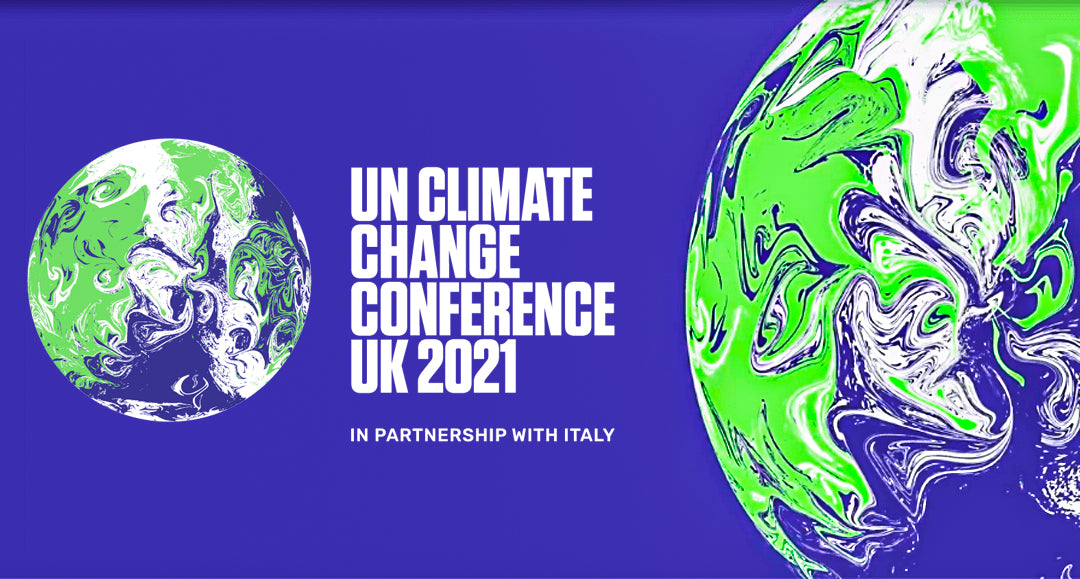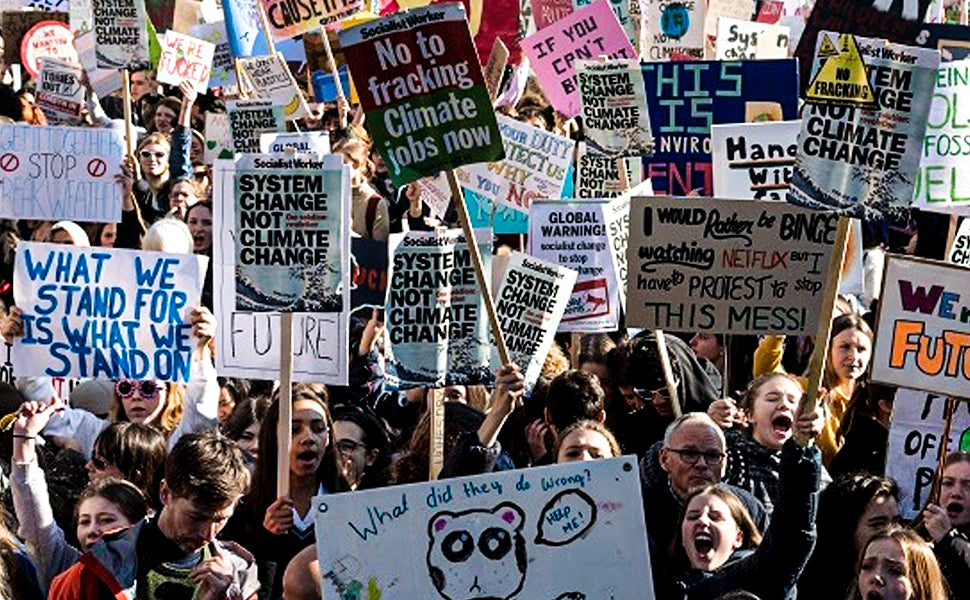In November 2021, Glasgow became the focal point of global climate discussion as it hosted the 26th Conference of the Parties (COP26). This pivotal event brought together world leaders, environmental experts, and activists to address the pressing issue of climate change.
Background Information
COP26, or the 26th Conference of the Parties to the United Nations Framework Convention on Climate Change (UNFCCC), is a pivotal global summit that brings together parties to accelerate action towards the goals of the Paris Agreement and the UN Framework Convention on Climate Change. It serves as a forum for nations to negotiate agreements to combat climate change by reducing greenhouse gas emissions, adapting to the impacts of climate change, and financing required changes to infrastructure and economies.
Explanation of COP26 and Its Role in Climate Change Dialogue
COP26 plays a critical role in the global climate change dialogue by providing a platform for countries to collaborate, share strategies, and commit to more ambitious targets for reducing carbon emissions. The conference is essential for assessing progress on previous commitments, discussing new science and technology, and fostering cooperation among nations, NGOs, businesses, and other stakeholders.
Discussion on the Postponement Due to COVID-19
Initially scheduled for November 2020 in Glasgow, Scotland, COP26 was postponed to November 2021 due to the COVID-19 pandemic. The postponement reflected the global impact of the pandemic, emphasizing the need for an international focus on health and safety. However, it also underscored the interconnectedness of global health and climate policies, highlighting how systemic shocks can impact global climate action.
Goals of COP26
The primary goals of COP26 were to:
- Secure Global Net-Zero by Mid-Century: Parties were urged to accelerate coal phase-out, curtail deforestation, speed up the switch to electric vehicles, and encourage investment in renewables.
- Adapt to Protect Communities and Natural Habitats: The conference aimed to enable and promote countries affected by climate change to protect and restore ecosystems, build defences, warn systems, and implement resilient infrastructure and agriculture to avoid losing homes, livelihoods, and even lives.
- Mobilise Finance: To deliver on the first two goals, developed countries were expected to make good on their promise to mobilize at least $100 billion in climate finance annually.
- Work Together to Deliver: COP26 focused on finalizing the Paris Rulebook (the detailed rules that make the Paris Agreement operational) and accelerating action to tackle the climate crisis through collaboration between governments, businesses, and civil society.
Accelerating Actions Towards Paris Agreement Objectives
COP26 aimed to accelerate actions toward achieving the objectives of the Paris Agreement, which includes keeping the global temperature rise this century well below 2 degrees Celsius above pre-industrial levels and pursuing efforts to limit the temperature increase even further to 1.5 degrees Celsius. This involves all nations committing to ambitious nationally determined contributions (NDCs) that outline their targets for reducing emissions.
Involvement of Global Entities: Countries, NGOs, Businesses, etc.
COP26 saw active participation from various global entities, including:
- Countries: Nations updated their NDCs, presenting new and more ambitious climate action plans.
- NGOs: Non-governmental organizations play crucial roles in the advocacy, research, and monitoring of the commitments made by the countries.
- Businesses: Many corporations announced initiatives and investments to reduce their carbon footprint and support sustainable technologies.
- Civil Society and Indigenous Groups: These participants brought attention to the social aspects of climate change, advocating for climate justice and highlighting the impacts on vulnerable populations.
Overview of UNFCCC
The United Nations Framework Convention on Climate Change (UNFCCC) is an international environmental treaty adopted in 1992 during the Earth Summit in Rio de Janeiro. Its primary goal is to stabilize greenhouse gas concentrations in the atmosphere at a level that would prevent dangerous anthropogenic (human-induced) interference with the climate system. The treaty provides a framework for negotiating specific international agreements (called "protocols") to achieve its stabilization goal.
H3- Importance of Stabilising Greenhouse Gas Emissions
Stabilizing greenhouse gas emissions is crucial for mitigating climate change and its associated impacts on the environment, human health, and economies worldwide. By controlling these emissions, the UNFCCC aims to limit global temperature increases and reduce the frequency and severity of extreme weather events, such as hurricanes, droughts, and floods. Additionally, stabilization helps maintain biodiversity and secure water and food supplies.
Importance of COP26
The 26th Conference of the Parties (COP26) to the UNFCCC, held in Glasgow in 2021, was particularly significant. This summit was crucial as it followed the enactment of the Paris Agreement in 2015, where countries committed to working together to limit global warming to well below 2, preferably to 1.5 degrees Celsius, compared to pre-industrial levels. COP26 allowed nations to update their commitments and further strengthen international efforts against climate change.
Carbon Dioxide Reduction
A primary focus of COP26 was the reduction of carbon dioxide (CO2), the most significant greenhouse gas emitted by human activities, mainly by burning fossil fuels. Reducing CO2 emissions is vital for slowing the rate of global warming. Critical discussions at COP26 revolved around phasing out coal, increasing the adoption of renewable energy sources, and enhancing energy efficiency across various sectors.
Expected Outcomes from the Summit
The expected outcomes from COP26 included:
- More ambitious national commitments to reduce emissions.
- A concrete plan for phasing out fossil fuels.
- Increased financial commitments from developed nations to support climate change mitigation and adaptation in developing countries and frameworks for measuring and reporting on emissions reductions transparently and consistently.
Impact of COVID-19 on Climate
The COVID-19 pandemic has had a complex impact on the global climate. Initially, it led to a significant reduction in economic activities, which temporarily decreased global greenhouse gas emissions.
Environmental Effects of Pandemic-induced Lockdowns
During the height of the pandemic in 2020, many countries implemented strict lockdowns, leading to a temporary reduction in emissions from transportation and industry. For instance, global CO2 emissions fell by an estimated 6.4% in 2020. These lockdowns also resulted in short-term improvements in air quality in many urban areas and reduced noise pollution.
Temporary Reductions in Carbon Emissions During 2020
While these reductions were significant, they were largely temporary. As countries began to reopen their economies, emission levels started to rebound. However, this period also demonstrated the potential for substantial emissions reductions. It highlighted the importance of sustainable practices in transportation, energy production, and industry to achieve long-term climate goals.
The Necessity of Annual Carbon Reduction Targets
Annual carbon reduction targets are essential for providing measurable and time-bound benchmarks guiding public and private sectors toward reducing their carbon footprint. These targets help ensure progress towards international agreements like the Paris Climate Accord and prompt technological and policy innovations.
Long-term Goals for Zero Greenhouse Gas Emissions by 2050
Setting long-term goals for achieving zero greenhouse gas emissions by 2050 is crucial for aligning with scientific recommendations to limit global warming to 1.5 degrees Celsius above pre-industrial levels. This ambitious target involves a significant transformation in energy systems, industrial processes, and consumer habits.
Climate Change and the UK
Climate change poses several specific threats to the UK, including increased flooding, frequent extreme weather events, and rising sea levels that threaten coastal communities. The changing climate also impacts agriculture, water resources, and regional biodiversity.
UK’s Contributions to Global Carbon Emissions
While the UK has historically been a significant contributor to global carbon emissions, its share has decreased in recent decades due to deindustrialization and increased reliance on renewable energy sources. However, it still bears a considerable cumulative carbon debt.
UK’s Role and Initiatives
The UK government has implemented various strategies to reduce greenhouse gas emissions, including phasing out coal-fired power stations, expanding renewable energy, and promoting electric vehicle usage. Policy frameworks and subsidies are also in place to encourage energy efficiency and lower emissions in residential and commercial buildings.
Innovations in Energy, Transportation, and Building Sectors
Innovations in the energy sector include increased offshore wind farms and the development of carbon capture and storage technology. In transportation, there is a push towards electrification the public transport fleet and expanding charging infrastructure for electric vehicles. The building sector is seeing advances in green building technologies and standards, aiming for greater energy efficiency and reduced emissions.
Conclusion
COP26 was more than just a summit; it was a global call to action. The collaborative efforts discussed and developed at this conference are steps toward a sustainable future, emphasizing the urgent need for continued and enhanced international cooperation in the fight against climate change.













Leave a comment
This site is protected by hCaptcha and the hCaptcha Privacy Policy and Terms of Service apply.